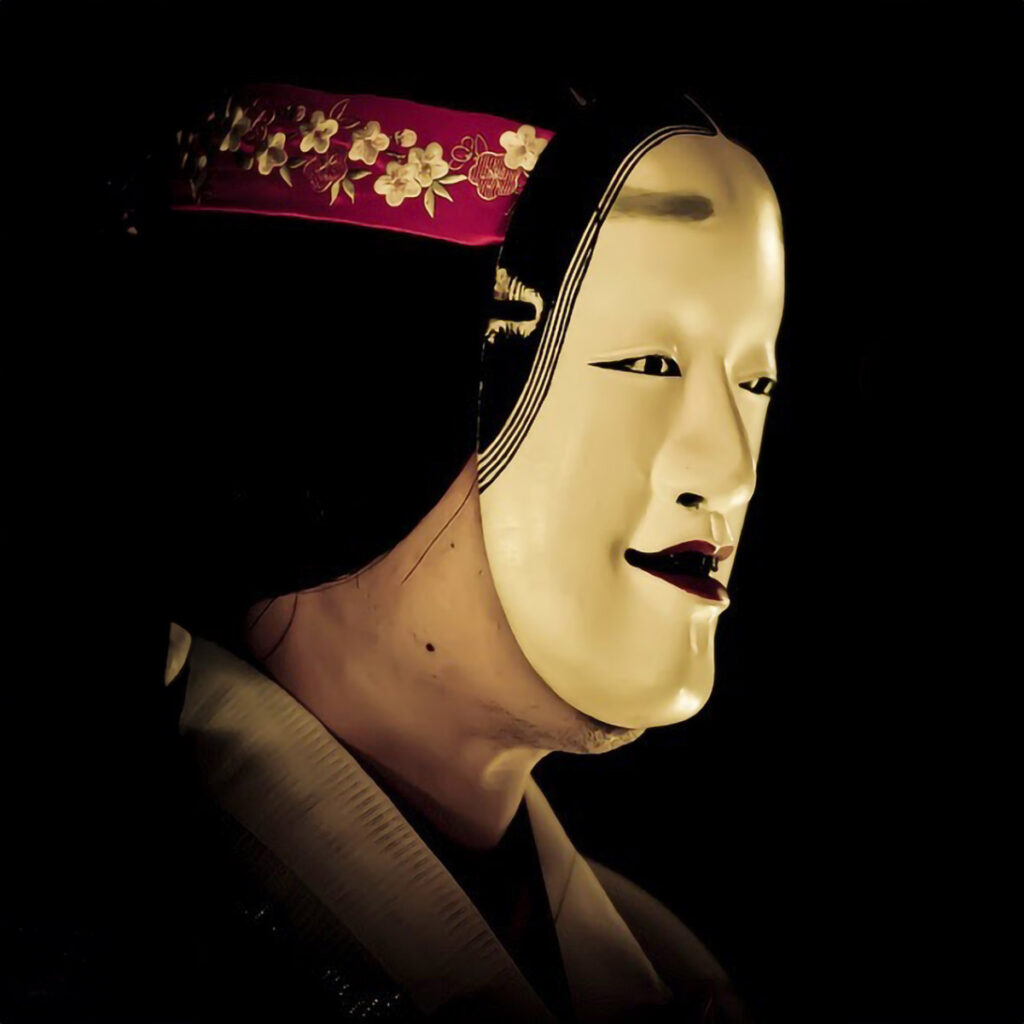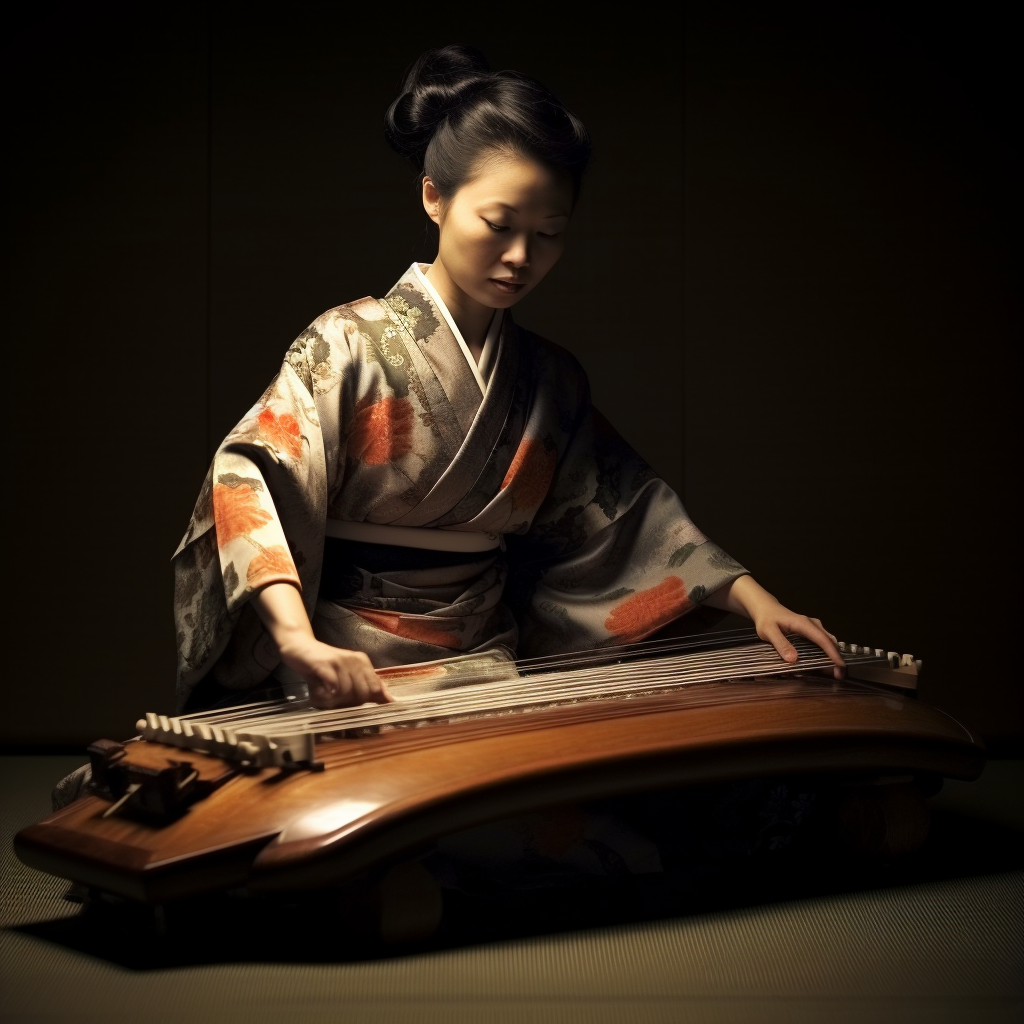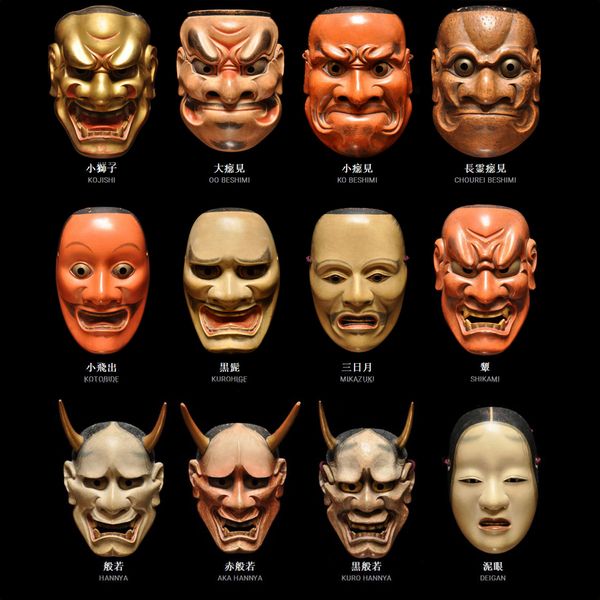Noh masks are an essential component of Japanese Noh theater. Indeed, they represent a captivating world of artistic expressions and cultural traditions. These masks can be discovered and purchased on our online store. They are at the heart of a form of theater that dates back centuries. A theater that combines poetry, dance and music to create a unique theatrical experience. Let’s dive into the fascinating world of these masks and discover their central role in this Japanese theatrical art rich in symbolism.
Origins and History of Noh Masks
Noh masks have a long history dating back to the 14th century, where the Noh theater emerged under the leadership of Zeami Motokiyo and his father Kannami. Originally, these masks were carved from Japanese cypress wood. This gave rise to expressive faces capturing a wide range of emotions and characters.
Symbolism and Varieties
Each Noh mask is carefully designed to represent a specific character, whether a deity, a vengeful spirit, or a human being. Indeed, expressions are stylized and codified, often with clean lines and subtle details that depict deep emotions. Among the most famous masks, we find the “hannya” representing a jealous female spirit, but also the “kokushikijo” symbolizing serenity.
The Art of Transformation
During Noh performances, actors wear these masks, playing varied roles without changing their faces. Therefore, art lies in the actor’s ability to communicate complex emotions through measured movements and graceful postures. The mask is, moreover, a powerful tool for transmitting the essence of the character.
Contemporary Influence of Noh Masks
Although the origin of these masks is deeply rooted in tradition, their influence also extends beyond traditional theater stages. They have notably inspired contemporary artists, from fashion to visual arts. Which thus demonstrated their lasting impact on Japanese artistic creativity.
Conservation and Preservation
Due to their historical and artistic value, the preservation of Noh masks is of major concern. Museums and private collections have preserved numerous masks. They require meticulous care to preserve their integrity over the centuries.
These continue to captivate art lovers and Japanese culture enthusiasts around the world. Their central role in Noh theater and their ability to transcend eras make Noh masks a unique artistic heritage. They convey a rich cultural and aesthetic meaning that endures beyond the centuries.



